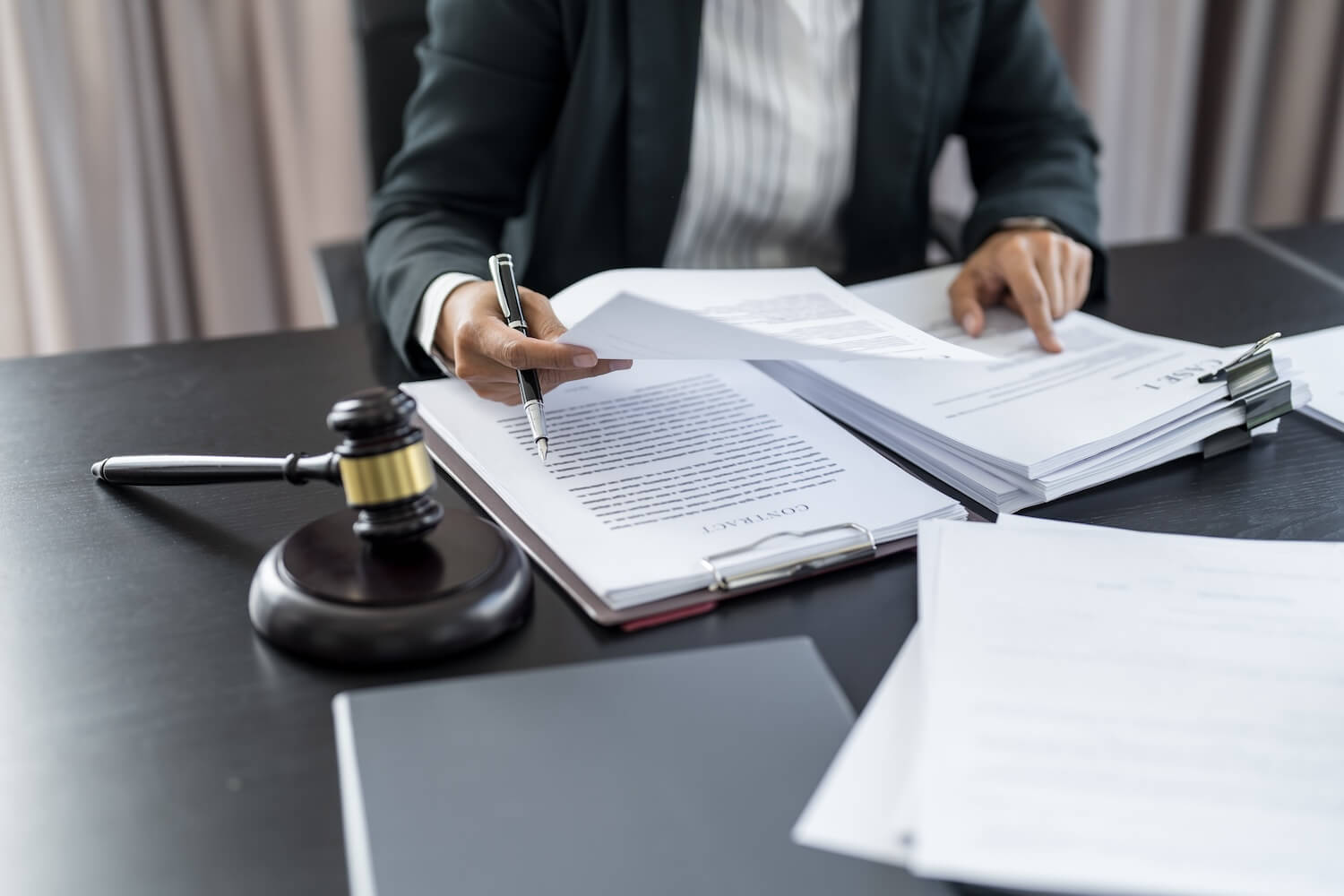What to Expect During a Personal Injury Consultation

Written by Matthew Weidinger

A personal injury consultation is the first step someone takes after an accident to understand their legal options. During this meeting, the attorney evaluates the details of the case, explains how personal injury law applies, and discusses potential next steps.
What to expect is a clear review of the incident, an assessment of available evidence, and honest advice on whether pursuing a claim is worthwhile. The consultation also allows the person to ask questions and gauge if the lawyer is the right fit for their needs.
Preparing for Your Personal Injury Consultation
Initial Contact and Scheduling
The client should first reach out to the law firm via phone or online form. During initial contact, they provide a brief overview of the injury and circumstances. The law office will schedule a consultation at a convenient time. It is important to confirm whether the meeting will be in-person, by phone, or via video call.
Clients should ask beforehand if there are any costs associated with the consultation. Most personal injury consultations are free, but verifying prevents surprises.
Details to Prepare Before the Meeting
Before the consultation, the client should write down a clear timeline of the incident. This includes when, where, and how the injury occurred. They should also note all parties involved, such as other people at the scene, witnesses, or insurance adjusters. This helps the attorney understand the scope of the case.
Listing any medical treatment received, ongoing symptoms, and work absences is crucial. These details provide insight into the injury’s impact.
Gathering Documents and Evidence
Clients must gather all relevant documents to bring to the consultation. Key documents include:
- Medical records and bills
- Police or accident reports
- Photographs of injuries and accident scenes
- Insurance policies and correspondence
- Pay stubs showing lost wages
Compiling this evidence allows the attorney to assess the merits of the claim accurately. Organizing materials in a folder or digital file can speed up the review process.
What Happens During the Consultation
Discussion About Your Incident
The consultation begins with the attorney asking the client to describe the accident in detail. This includes when, where, and how the event occurred, such as a car accident, slip and fall, or workplace injury.
The client will be asked about the immediate aftermath, including injuries sustained, medical treatment received, and any communication with insurance companies or involved parties. The attorney also requests documentation like medical records, police reports, and photos to better evaluate the case.
This information allows the lawyer to identify liability factors and potential evidence. It also helps establish the timeline and severity of the injury, which are critical for building a strong claim.
Explanation of Legal Options
After understanding the facts, the attorney explains the available legal pathways. This covers whether the client should file a claim, negotiate with insurance companies, or consider litigation.
The lawyer details the types of compensation that might be pursued, such as medical expenses, lost wages, pain and suffering, and property damage. They also clarify contingency fees, deadlines like the statute of limitations, and the process for gathering further evidence.
The client learns what to expect in negotiations or court, helping them make informed decisions about how to proceed.

Assessment of Potential Outcomes and Settlements
The attorney provides an initial evaluation of the case’s strengths and weaknesses. Based on the details discussed, they estimate possible compensation amounts and the likelihood of success.
They explain common settlement ranges for similar personal injury cases, noting factors like liability disputes or injury severity that may affect results. The lawyer also discusses timelines for case resolution, whether through settlement or trial.
This realistic outlook helps the client gauge potential benefits and risks before committing to legal action.
Important Topics and Questions to Discuss
During a personal injury consultation, it is critical to address specific questions about the attorney’s approach and clarify the financial aspects of representation. This ensures clear expectations and informed decisions.
Key Questions to Ask the Attorney
Clients should inquire about the attorney’s experience with cases similar to theirs. They need to ask about the expected timeline for resolution and potential challenges in their case. Understanding how the lawyer will communicate updates is also important. Clients should ask questions like:
- What is your success rate in personal injury cases?
- Who will handle my case personally?
- How often will I receive updates?
Smith & Weidinger PLLC emphasizes transparent communication and assigns dedicated attorneys to each client, enhancing trust and clarity throughout the process.
Understanding Cost and Fees
The discussion about fees must include whether the attorney works on a contingency basis, meaning payment only happens if the case is won. Clients should clarify what percentage of the settlement will be taken and what expenses may be deducted. Questions to clarify include:
- Are there any upfront costs?
- What fees are deducted from my settlement?
- Does your firm cover initial case investigation costs?
Smith & Weidinger PLLC commits to client-centered service by providing clear, written fee agreements, ensuring clients fully understand financial obligations before proceeding.
After the Consultation: Next Steps
Evaluating Your Legal Options
The attorney will analyze the facts, evidence, and applicable laws to determine the viability of a personal injury claim. They may discuss potential outcomes, risks, and the strength of the case based on injury severity and available proof.
Clients typically learn whether negotiating a settlement or pursuing a lawsuit is advisable. The attorney will explain statutes of limitations, potential compensation types, and the approximate timeline for resolution.
This evaluation helps the client understand their position clearly and make informed decisions about how to proceed. It also sets realistic expectations regarding costs and chances of success.
Beginning the Personal Injury Claim Process
If the client agrees to move forward, the lawyer will begin collecting detailed documentation. This includes medical records, witness statements, and any relevant accident reports. The attorney will officially notify the responsible party or their insurance company. Then, they may file a formal demand or lawsuit, depending on the situation.
Throughout this phase, communication with the client remains frequent to update on new developments and required actions. Early organization and thoroughness support a smoother claims process and better outcomes.
Note: The information provided in this blog post has been compiled from publicly available and secondary sources. While we strive for accuracy, some details may become outdated or contain inadvertent errors. If you believe any information is incorrect or requires updating, please contact Smith & Weidinger so that we may review and make the appropriate corrections.
Disclaimer: This blog post is for informational purposes only and is not intended as a solicitation for business. The photo used is not from the scene of the incident described. Viewing this content does not create an attorney-client relationship with Smith & Weidinger. If you have been injured in an accident, please seek immediate medical attention and then consult with a qualified attorney to discuss your legal rights and options.










